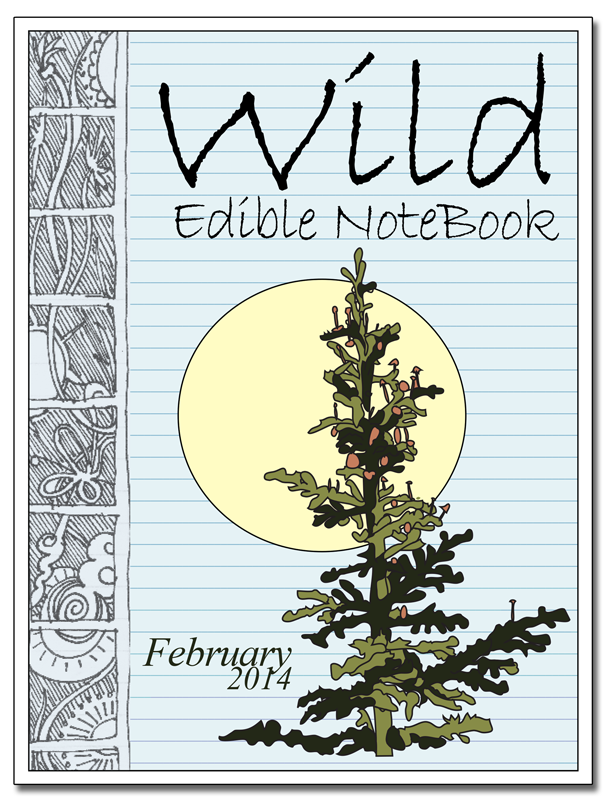Unlock nature’s bounty. Forage with confidence.
Created by Wild Food Girl, WFG Learn is a repository of web classes and publications about foraging. Succinct, in-depth video instruction will have you picking and eating wild food in no time, while 700+ pages of wild edible adventures spark your creative awakening.
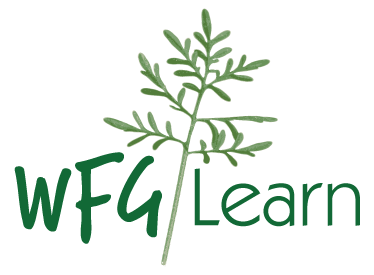
Your membership includes:
Web classes:
When you join WFG Learn you’ll get access to all new classes created during your 12-month membership (7-10), all previous classes (10), and member Q/A sessions. You can attend the classes live, or watch the replays later in the member area. All classes come with a PDF of presentation notes.
Here are a few recent ones:
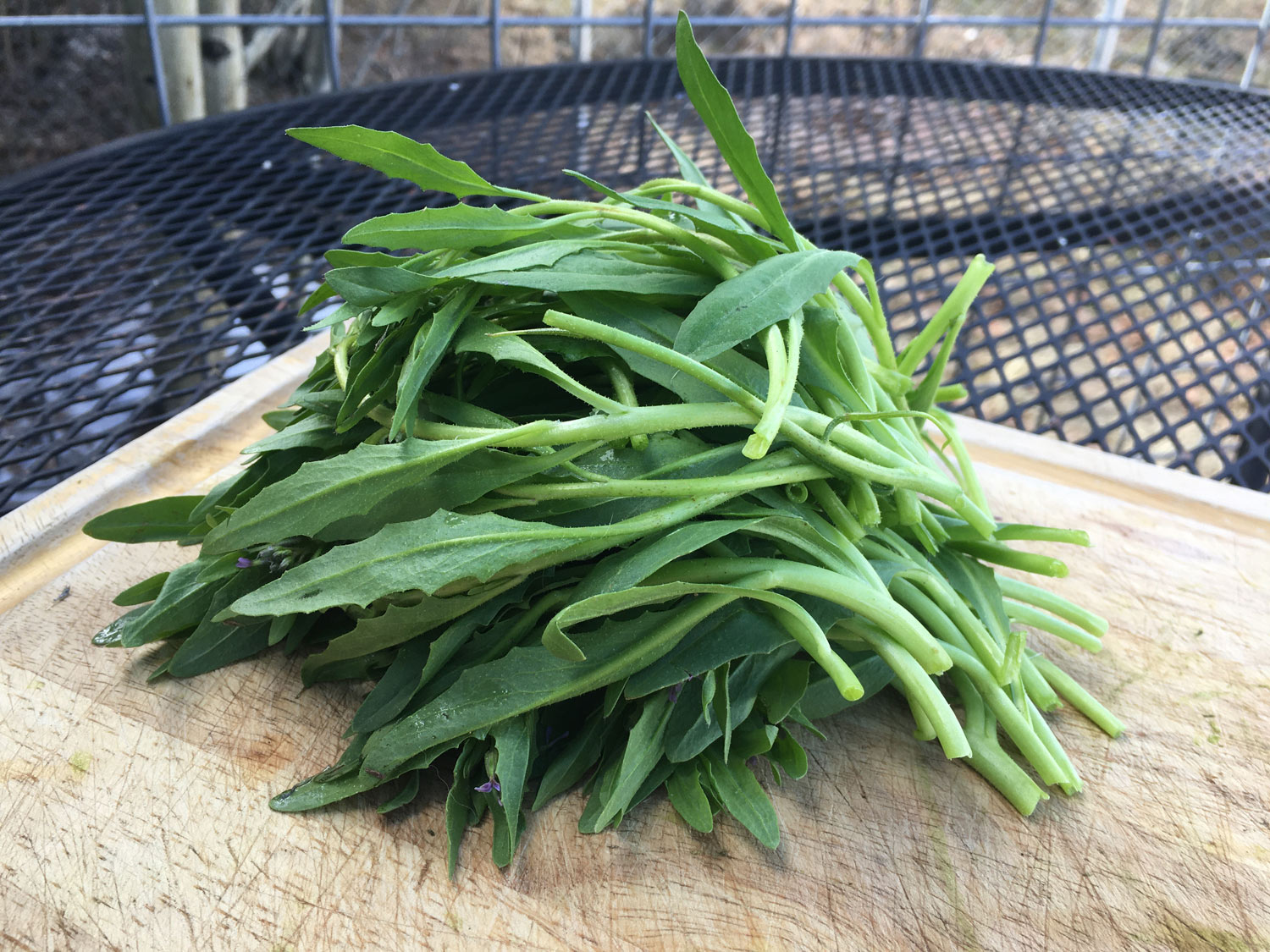
Wild Mustard Greens
Did you know that many of the vegetables we eat–from kale to broccoli to arugula–are in the Mustard family? There are many more edible mustards in the wild, and spring is the season to gather their abundant, fresh greens. Learn to recognize and use wild mustards today!
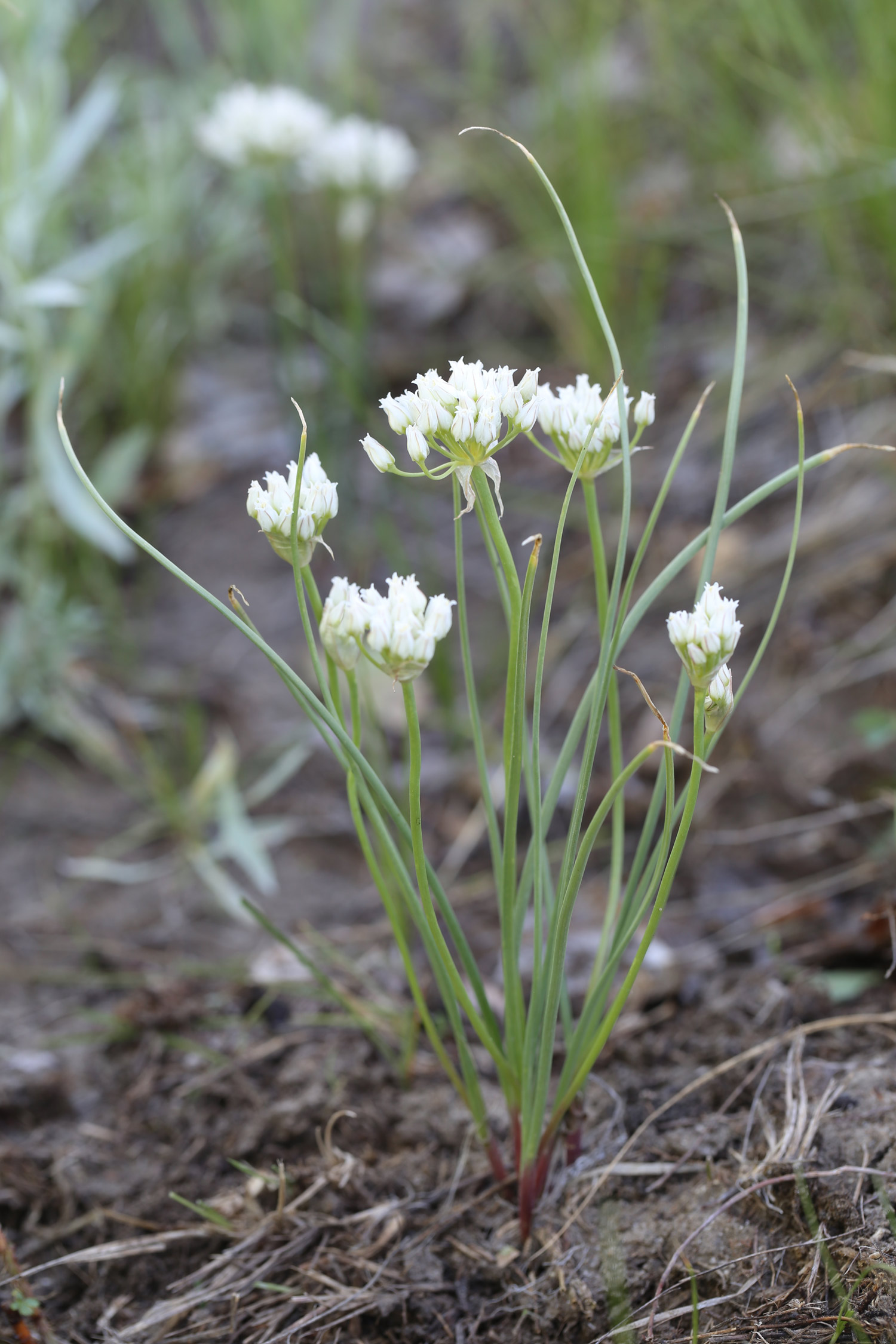
Wild Onions & Garlic
Ever wondered about wild onions and garlic–where to find them, and how to safely harvest and use them? In this class we will learn native and non-native Allium species, including how to tell them from poisonous “lookalikes,” how to harvest them sustainably, and more!
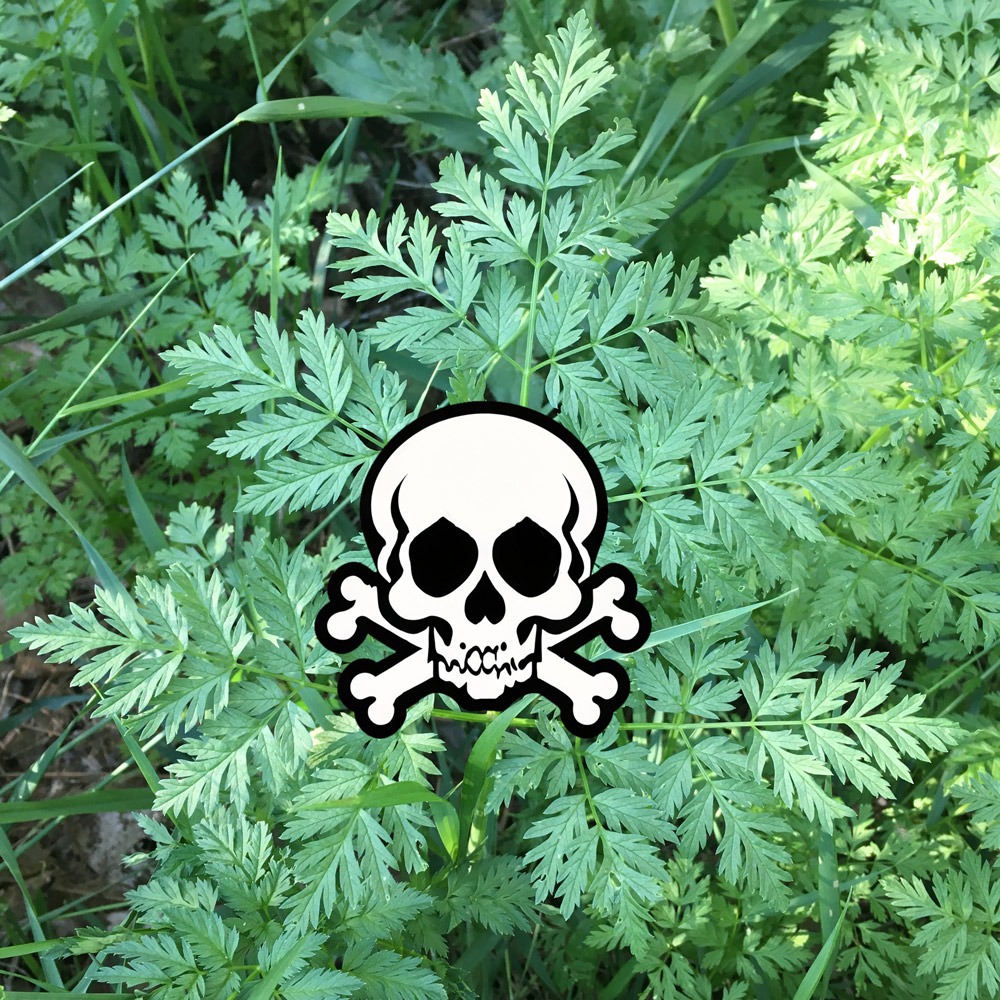
Poisonous Plants
Which wild plants are poisonous? How will I recognize them? How toxic are they? In this class, we answer these questions and more while learning some of the most common poisonous plants like poison hemlock, water hemlock, death camas, and false hellebore.
And a few favorites:
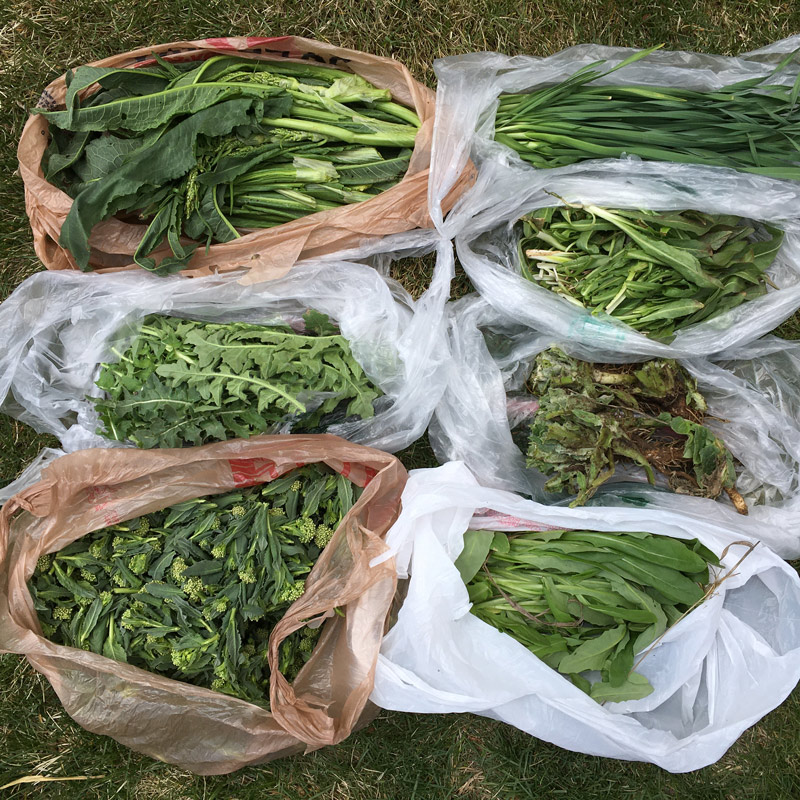
Intro to Edible Weeds
So many “weeds” are edible and nutritious! Find them in your yard or garden, and you will have free organic greens for a lifetime. This class introduces 6 edible weeds in the U.S. and much of the world, as well as related species, when to pick, and what to do with them.

Wild Berries I
Are you wondering what berries are on your hike? This class covers huckleberries, serviceberries, currants and gooseberries, strawberries, and raspberries. The focus is on the Rocky Mountains, but we talk about related berries and their lookalikes in other parts of the country too.
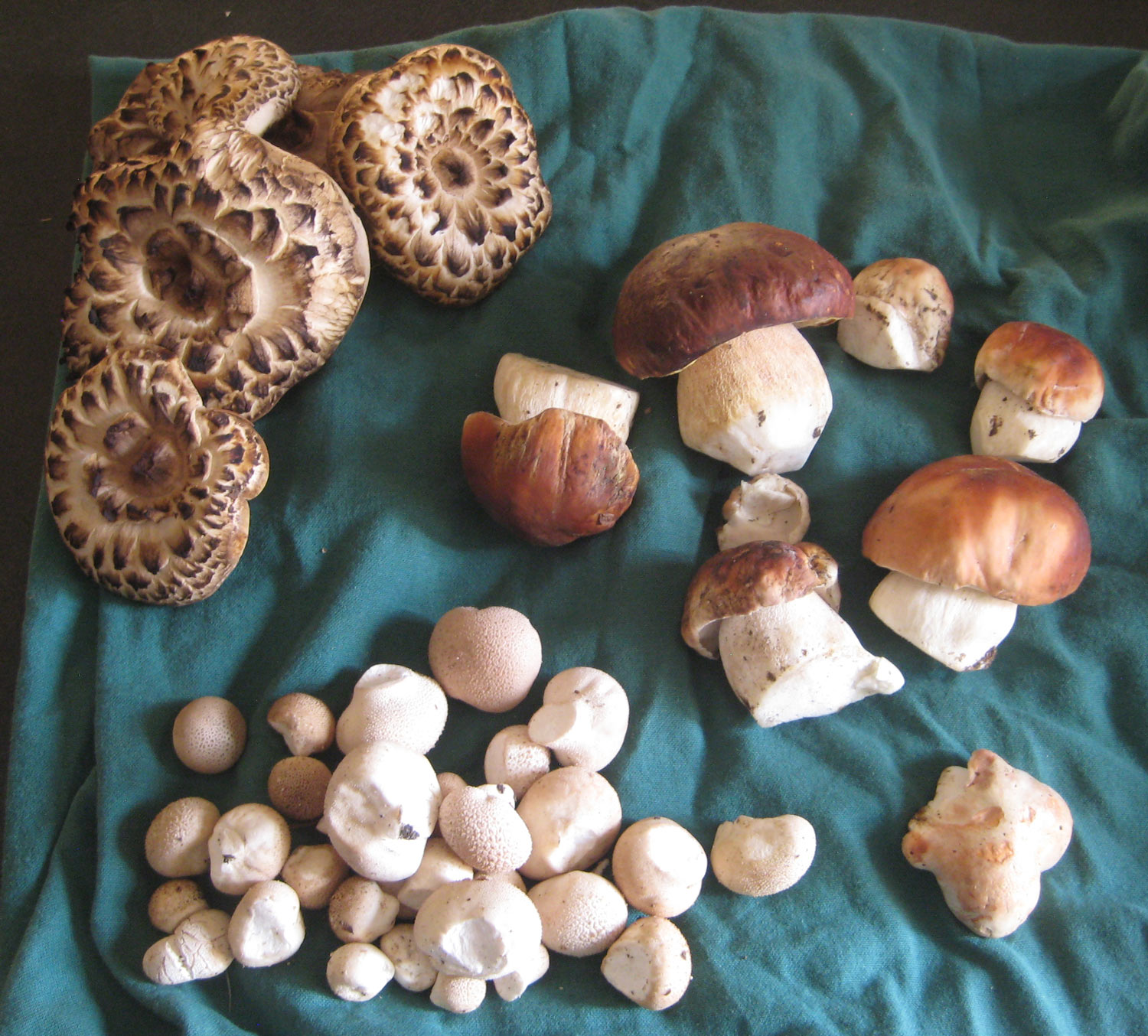
Intro to Colorado Mushrooms
This introductory class covers 5 major edible mushrooms of Colorado and the Rocky Mountains: porcini, puffballs, oyster mushrooms, wood ears, and hawk’s wings. We discuss safety topics including similar-looking mushrooms to avoid, and where and when to pick.
Members choose the classes I offer next!
TESTIMONIALS
What people say
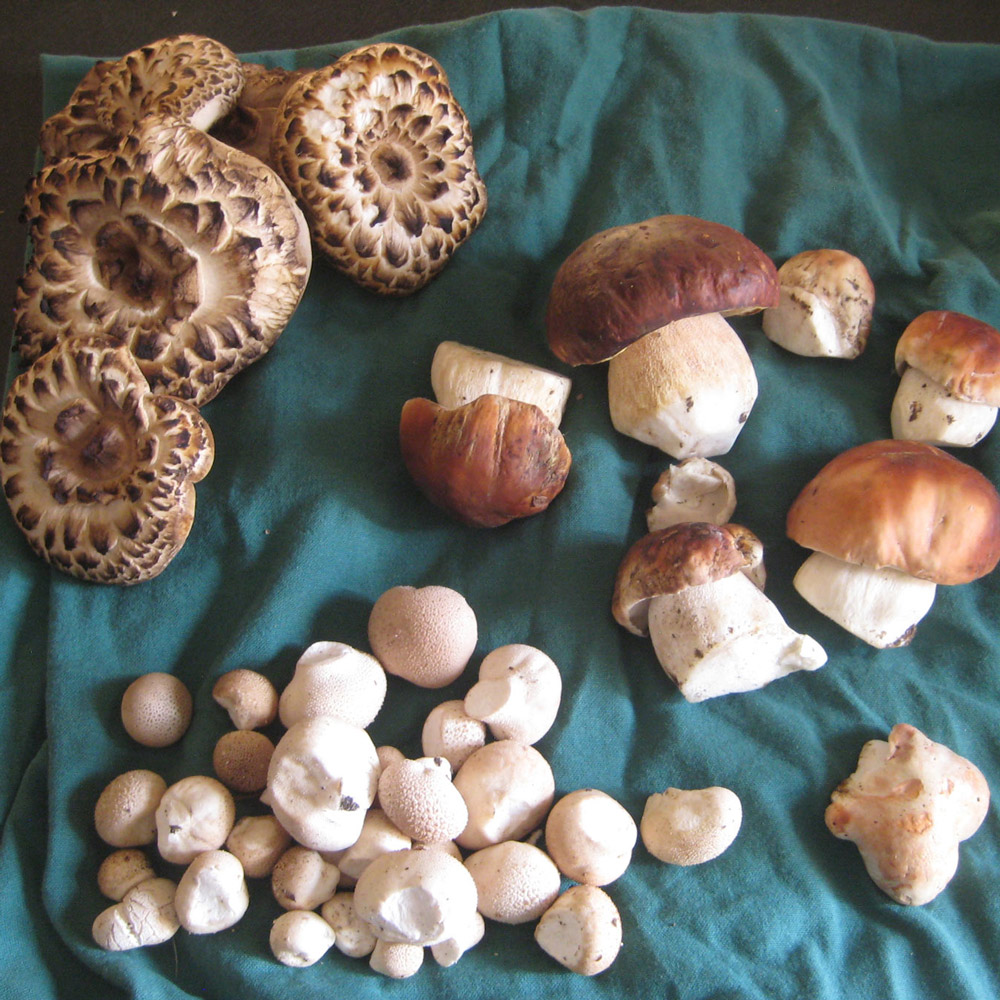
Laura & Hunter
Wyoming
“We watched this replay and went straight outside! We confidently found 6 different mushroom species that you’ve taught us, including king boletes, after hunting pretty unsuccessfully for a couple seasons. Amazing! Thanks for sharing your knowledge in such an accessible way. You’re a treasure of a teacher! Things we particularly appreciated: having the slides to reference back to, suggestions for other resources, as well as the photos of what the shroomies look like in their habitat from head height.”

Erin Grodnick
Illinois
“I can’t thank you enough for our incredible adventure. When we got home we had so much fun turning our foraged finds into a fabulous dish: salad of lamb’s quarters with mustard chiffonade, thistle and fireweed stems, mustard blossoms and paintbrush petals; topped with roasted spruce tip crostini; spread with fireweed-garlic cream cheese. It was delicious! Our day on a plate.”
Look inside:
This preview shows the introduction to Wild Berries I, plus the section on currants and gooseberries.
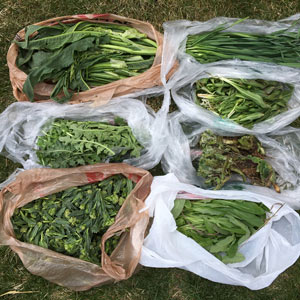
Moneca Dunham
Colorado
“I simply love the simplicity and brevity of your classes while still being quite thorough for my purposes. I have been recommending your classes to my hiking buddies.”

Rose Ann Bennett
Colorado
“Wonderful introduction to weeds as food. Thank you.”

Mario Rodriguez
Colorado
“Really enjoyed this class. Thank you from a complete newbie!”
Wild Edible Notebooks
You’ll also get access to the complete library of Wild Edible Notebooks. A 50-page magazine produced by Wild Food Girl from 2011-2015, each photo-filled issue contains plant and mushroom essays, book reviews, recipes, and more. There are 14 currently available–that’s nearly 700 pages of downloads for your reading pleasure–with many more to come!
These were some popular issues:
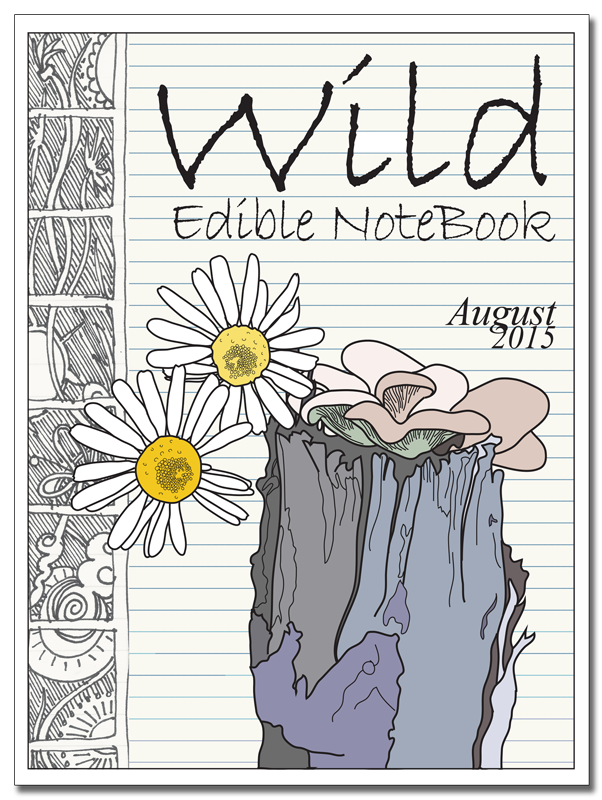
August 2015
A Season of Chanterelles
Not a Chanterelle
Oystering a Rainstorm
A Tale of Four Daisies
Recipe: Chanterelle Skillet Toast
Recipe: Pineappleweed Dipping Sauce
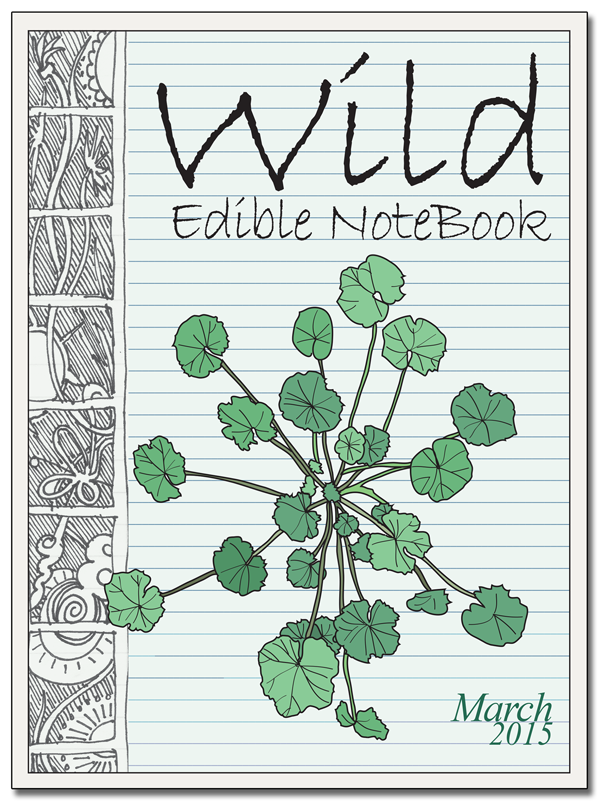
March 2015
Making Things with Wild Thickeners
Foraging Tools on a Budget
Usnea Lichen: Powerful Lung Medicine
A Huntsman’s Quest to Make a Wild Feast
Book Review: Meat Eater
Recipe: South-of-the-Border Acorn Stew
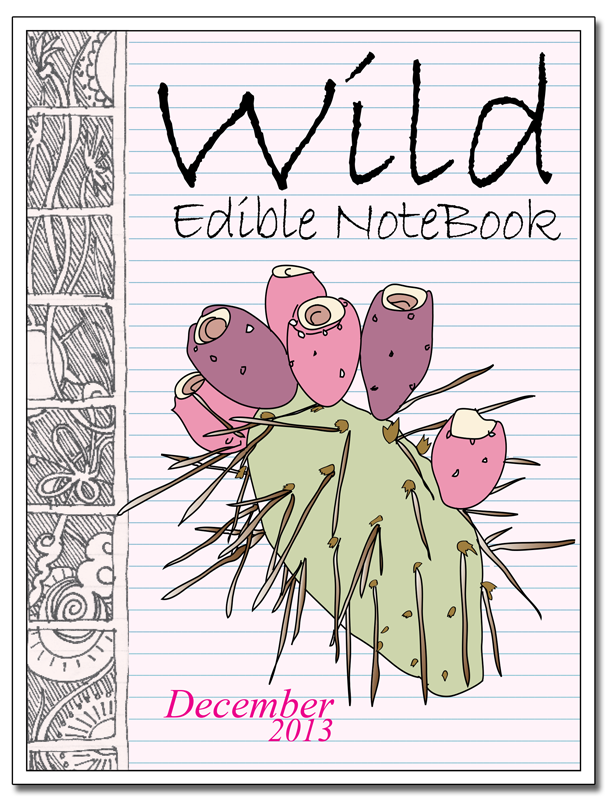
December 2013
Vinegar, Untamed
Cosmopolitan Chickweed
Book Review: Wild Wisdom of Weeds
Recipe: Pear Vinegar Squash
Recipe: Fruit Shrubs
Recipe: Dried Apple & Rosehip Tea
Members choose the Notebooks I offer next!
TESTIMONIALS
What people say

Jim Thomas
Utah
“You have built a wonderful magazine. My daughter, a horticulturist and environmental writer, also appreciates your work. Thank you.”
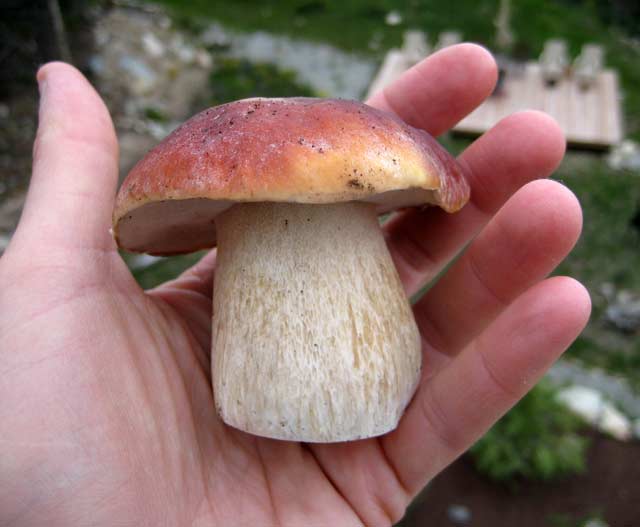
Susan Evans
Colorado
“Well done! I’ve been looking for this kind of info and happy to have found you!”
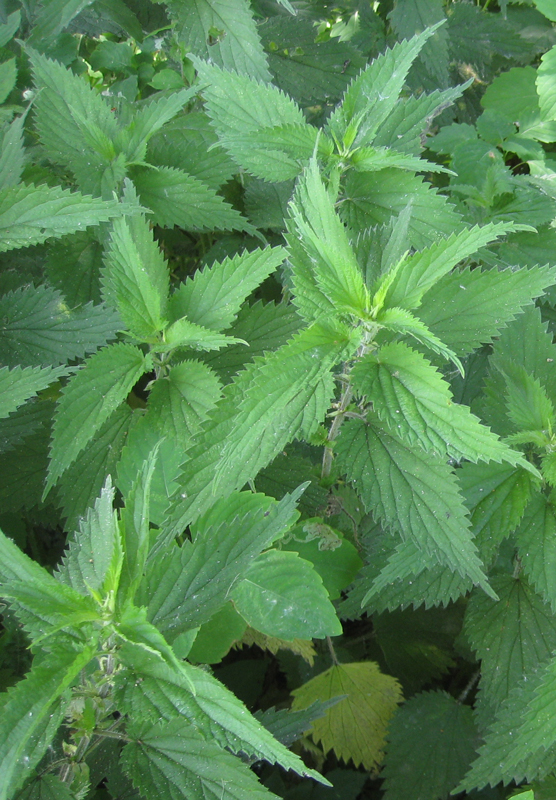
Ted Kottler
California
“I think we all need to get in touch with our inner Wild Food Girl. I know I do.”
Why choose WFG?
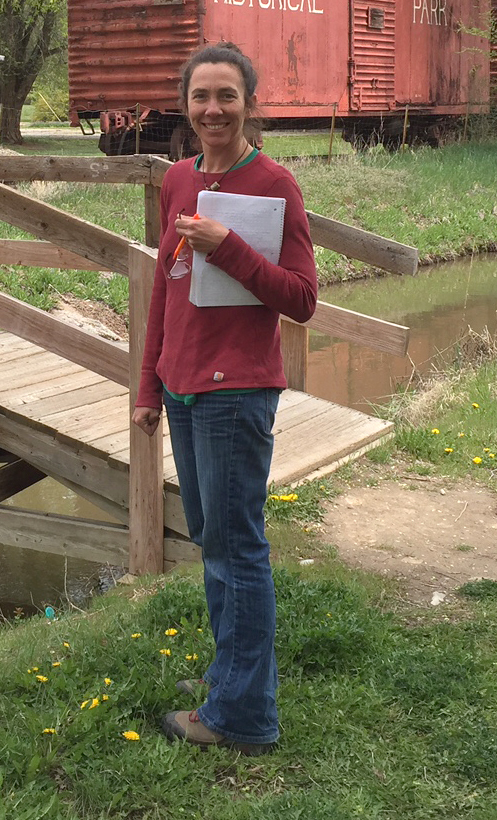
Let Wild Food Girl be your guide.
Treat yourself to the exquisite flavors & profound nourishment of wild, organic vegetables.
Join a vibrant community of enthusiasts eager to explore, learn, and share the natural bounty around us.
Begin your foraging journey with WFG today!
